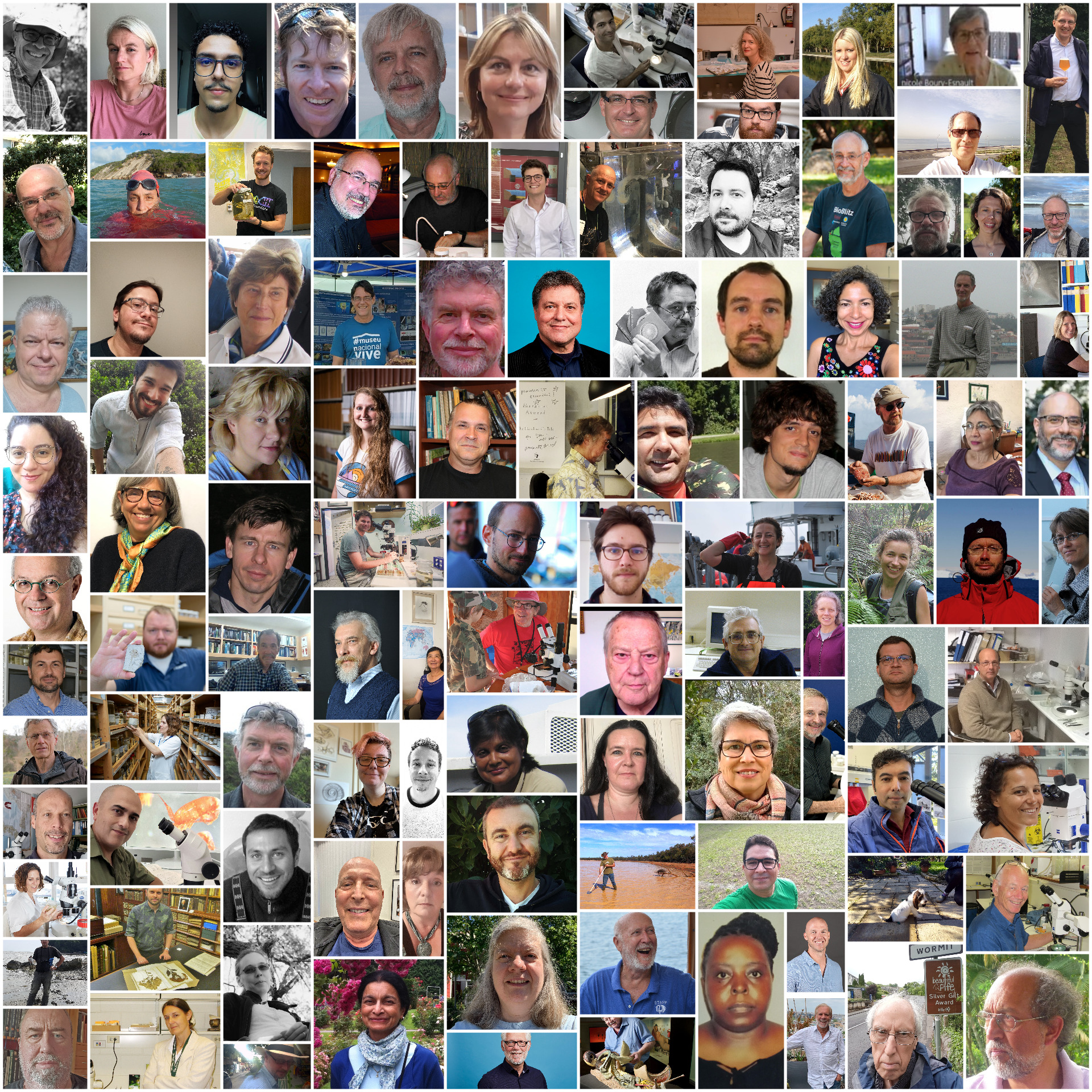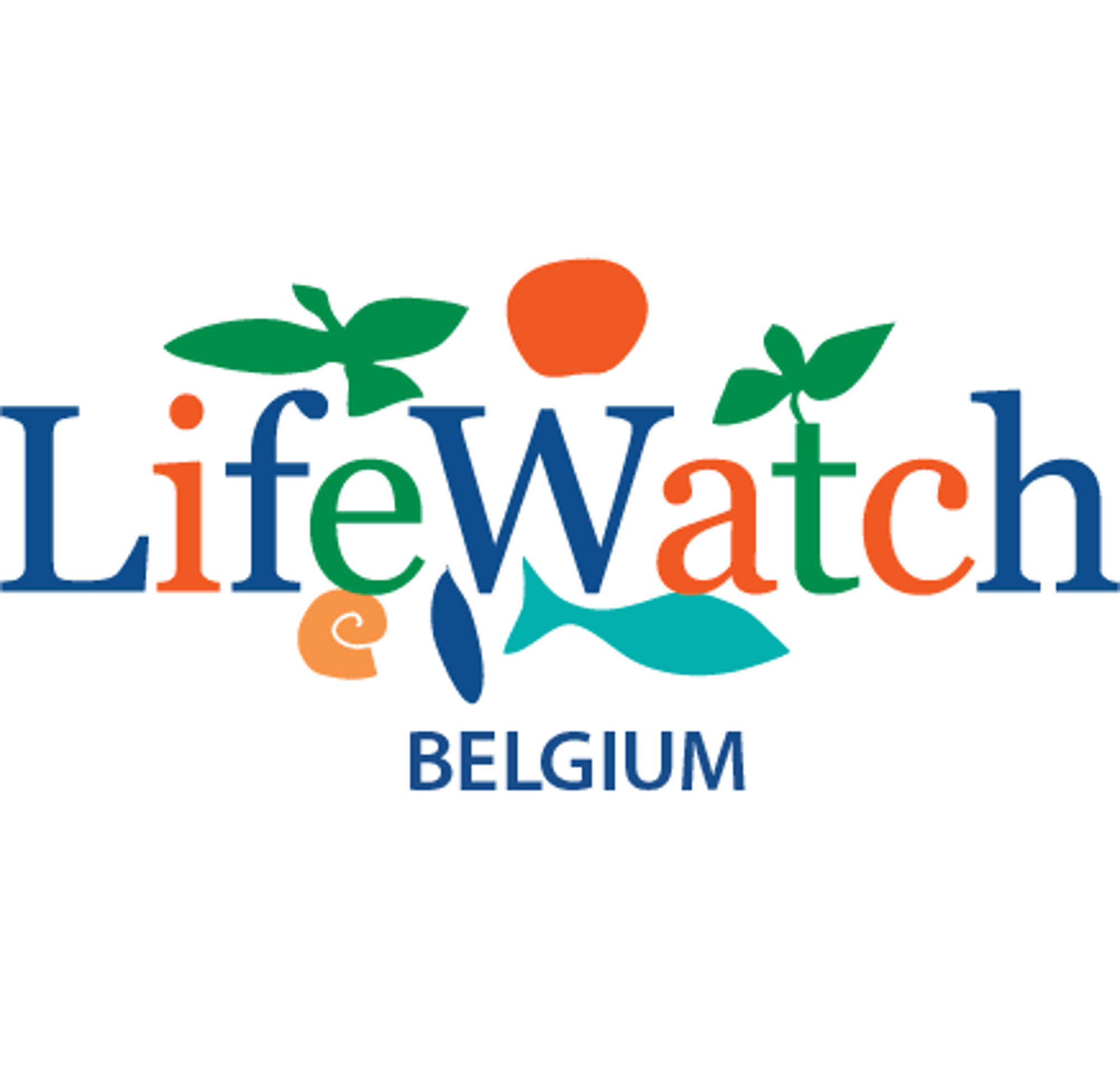Publication date: November 24th 2022

Earlier this year, the WoRMS Data Management Team (DMT) sent out a questionnaire to all our editors. The aim was to get a better idea of who our editors are, and how, when and where they find time to contribute their expertise to making the World Register of Marine Species more complete. And most importantly, aiming to give our editors a face to the user-community, as they are the driving force on the content, dynamics and accuracy of WoRMS.
From our pool of 579 editors (in September 2022), 109 have found some time to complete our survey. From our respondents, the details on their daily profession is quite diverse, although the vast majority of them work in a science-related job, either as (full-time) scientist, professor or scholar. It might come as a surprise, but about 15% of our editors are retired. Based on personal conversations, we know that this group of editors mostly sees their retirement as “finally having the time to invest more in WoRMS and play around with its possibilities and functionalities”.
It is often said that taxonomists are a ‘dying breed’, referring to the perceived idea that only middle-aged or retired men can be taxonomists. Although the Data Management Team (DMT) are already aware that this is not the case, the questionnaire results back this up. The responses show that 50% of our editors are actually younger than 48, our youngest editor being 23 and our oldest editor being 85. The male-female gender balance among the respondent editors is more or less 7-3. Although this is not a great balance just yet, the DMT sees a recent increase in female taxonomists joining our pool of editors, which we hope will persevere into the future, bringing an even better gender-balance within WoRMS.

Photo compilation of some of the WoRMS editors (created by gandr.io). This collage is based on the images that the editors provided through the WoRMS questionnaire. Due to privacy regulations, no names are mentioned.
Online editing - when, where and how long?
When asking editors about when and where they edit, it becomes clear that about 47% prefer to do this from home, whenever they feel like it, whereas 27% prefer the office, combining their WoRMS commitments with their daily tasks whenever possible and - this may be because - at work there is easier access to the needed literature to be able to make additions and corrections to WoRMS. As for the time of day, mornings and evenings seem to be most appropriate for a variety of reasons, going from a fresh mind and better focus in the morning, to having quiet time in the evening and night, when children have gone to bed or where editing is described as fun. One of our editors describes evening and night editing as “it is still fun even when you’re tired, which gives an extra motivation to do it well”. As for many of us, the short amount of ‘quiet time’ when focusing on a task is much valued, a closed door or separate space and a good cup of coffee seem to be indispensable, in combination with a second screen or a window with an open view on the outside world.
Defining the actual time an editor spends online in a single editing session is very hard, as it is very variable and not traced within the system. Almost half of our respondent editors indicate that their online time to edit varies from a few minutes to a few hours, the invested time very much depending on the task or problem at hand. About 11% indicate to regularly have sessions beyond 2 hours, thereby referring to their own online activity as ‘binge-editing’. The dictionary describes ‘binge’ as doing too much of something, which can be a positive thing: if excessive, it expresses something we like so much, we gobble it up all at once. And this is something that the WoRMS Data Management Team and Steering Committee can only welcome, applaud and support wholeheartedly!
About 7.5% of the respondents indicate they edit on a daily basis, whereas almost half of our editors indicate they only have time to edit occasionally. These occasional editing sessions are generally linked to newly published literature, newly received information or requests by colleagues and users.
My favorite species is …
Editors tend to have a favorite species within their field of expertise, a species they refer to when they talk about their work, or when they demonstrate the possibilities and content of WoRMS. Editors may prefer particular species for a variety of reasons. It may be that the chosen species has a very complete WoRMS record with many data fields filled in, clearly demonstrating the breadth of WoRMS information. Or it may be a species with a rather challenging taxonomic history, species named after their husband, wife or children, or just the honest and personal observation that it is a beautiful, astonishing and remarkable species, often with a personal story attached to it. An occasional editor does not favor one species over another, for reasons that all species are interesting and fascinating or simply because asking about a favorite species is “That’s like asking me to pick a favorite child - too hard!”. And favorite species really are a personal thing. Within the questionnaire, each respondent provided a different favorite, even editors active within the same taxon group. The questionnaire did not just ask about a favorite species within their group of expertise, but also outside. This has led to some remarkable answers, clearly demonstrating that our editors who are mostly taxonomists have a very wide interest in species; from the tiniest to the largest species, from the coastal areas to the deepest parts of the ocean, or simply ‘what’s in a name?’, those named after favorite famous people or music bands.
And the DMT? For us, we mostly focus our ‘example species’ on the group an editor is involved in, which makes it very variable. Commonly used in DMT explanations on the interface and how WoRMS is connected to its many global, regional and thematic registers is the sponge species, Halichondria (Halichondria) panicea, being represented in several regional and thematic registers, but also being an exquisite example of taxonomic complexity. In addition, the mollusc species, Abra alba is a very commonly used example, for two main reasons: (1) its record is quite diverse and can easily be used to demonstrate the possibilities of the WoRMS interface and (2) it is one of the first auto-fill suggestions through the search interface, when you start with the first letter of the alphabet… Not everything the DMT does, or why we do it, has to have a complicated explanation ;-).
Other species in our short-list are the mollusc, Mytilus edulis, and the fish, Solea solea, (both good records and very well-known inhabitants of the North Sea) and the fish, Pterois volitans, if the DMT refers to introduced and invasive species.

Favourite species of the DMT (from left to right): Halichondria (Halichondria) panicea (©Bernard Picton), Abra alba (©Misjel Decleer), Mytilus edulis (©Misjel Decleer), Solea solea (©Misjel Decleer), Pterois volitans (©ReefLifeApps).
The dynamics of our editor pool
As life is babbling on, our pool of editors continues its dynamic growth. And growth not only occurs in the number of editors involved with WoRMS, it also reflects in the time editors spend on their online editing sessions and their interactions with the Data Management Team. Editors might start off rather hesitantly, needing some time to get customized to the usage of the online interface, the interaction with the DMT, or not yet being fully convinced of the benefits and strengths of WoRMS and its underlying Aphia database platform. It is a delight for the DMT to see that editors become more and more enthusiastic over time, becoming strong voices in the overall outreach for WoRMS and helping the DMT move forward with new ideas on which tools and developments would be useful.
Although there is an overall increase in the number of involved experts, both taxonomic and thematic, life is dynamic and fluctuating, which is also reflected in our editor pool. Over the last 15 years, we have not only welcomed many new editors, we also had to bid farewell to some standard bearers within the field of marine taxonomy, some of them being pivotal in the establishment of WoRMS, its general completeness or the start-up of a global, regional or thematic register. Farewells not only happen when editors pass away. Some editors also consciously take a step back when they retire, or when far-reaching changes happen in their personal or professional life. In each of those cases, the DMT and their fellow-editors are grateful for the contributions they were able to make, and for possible substitutes they can recommend to keep the work going.
Through the questionnaire, we also asked whether editors wanted to pass on specific messages, to the DMT and beyond, so the DMT can also learn from this and evaluate the possibilities towards further improvement on the level of content, technical support and general collaboration with this vast pool of editors. It was heartwarming for the Team to read that editors value the support of the DMT and enjoy this mostly virtual collaboration, even though we are asking them for voluntary contributions and are often pointing out possible missing information in the group(s) under their management.
Dear Editors, you are the best! Although mostly invisible to our many users, it is you that make WoRMS complete, so from the bottom of our heart: thank you! …and we’re looking forward to at least another few decades of collaboration!
Contact
WoRMS Data Management Team - info@marinespecies.org
Acknowledgements:
This celebration and series of news messages initiated by the Data Management Team (DMT) would not have been possible without the collaboration of the WoRMS Steering Committee (SC) & voluntary contributions by many of the WoRMS editors.
The work of the DMT and many WoRMS-DMT-related activities are supported by LifeWatch Belgium, part of the E-Science European LifeWatch Infrastructure for Biodiversity and Ecosystem Research. LifeWatch is a distributed virtual laboratory, which is used for different aspects of biodiversity research. The Species Information Backbone of LifeWatch aims at bringing together taxonomic and species-related data and at filling the gaps in our knowledge. In addition, it gives support to taxonomic experts by providing them logistic and financial support for the organization of meetings and workshops related to expanding the content and enhancing the quality of taxonomic databases.
WoRMS – as ABC WoRMS – is an endorsed action under the UN Ocean Decade.



